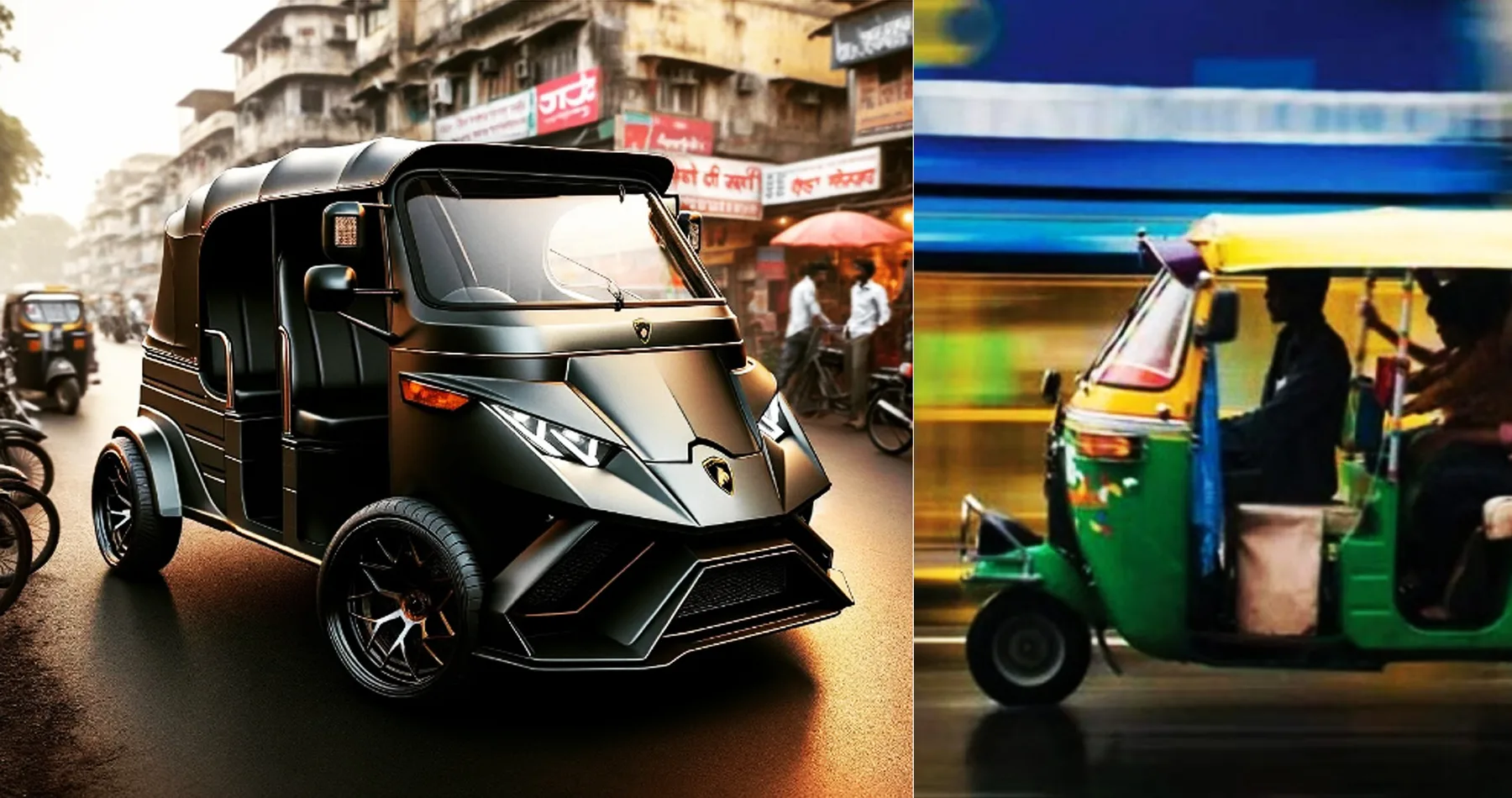The evolution of the auto-rickshaw continued through the early 20th century. In Japan, the “Tuk-Tuk” or “Jinrikisha” (人力車) became popular in the 1930s.
The auto-rickshaw, a three-wheeled vehicle popularly known as a “tuk-tuk” in some parts of the world, boasts a fascinating history deeply intertwined with mobility needs, urbanization, and innovation. The design evolution of the auto-rickshaw spans several decades, involving various innovators and engineering advancements.
Early Origins and Development:
Originating in the early 1900s, the idea of a three-wheeled motorized vehicle. While the exact origin remains debated, some credit the invention of the auto rickshaw to the Japanese manufacturer Daihatsu, which produced a vehicle called the “Midget” in the late 1940s. This little three-wheeled vehicle helped with post-war reconstruction and transportation requirements in Japan.
Simultaneously, in other parts of the world, similar vehicles emerged. In Italy, the Piaggio Ape, introduced in the late 1940s, offered a multi-purpose three-wheeler for commercial use, serving as a cargo carrier and a passenger vehicle.
Introduction to the Indian Subcontinent:
The auto-rickshaw gained significant traction in the Indian subcontinent during the mid-20th century. The car manufacturer Piaggio, located in Tamil Nadu, frequently receives credit for bringing the auto rickshaw to India. The three-wheeled commercial vehicle Ape, which attracted notice for its suitability for Indian roads, was first presented by Piaggio in the 1950s along with their famous Vespa scooters.
The Ape’s success in India sparked local innovation and adaptation. Various entrepreneurs and engineers began experimenting with the design to create a more passenger-centric version, leading to the birth of the auto-rickshaw as it is recognized today. Among these pioneers, the Bajaj Auto company in Pune, India, played a pivotal role in refining and popularizing the auto-rickshaw design in the country.
Evolution of Design and Features:
The initial auto rickshaw models were simplistic, featuring a single-cylinder engine, basic seating, and an open-air design. Nonetheless, the design experienced considerable modifications to improve efficiency, comfort, and safety as demand grew and urbanization advanced.
Engine advancements saw the incorporation of more powerful and fuel-efficient motors. Innovations in design led to enclosed cabins, improving passenger comfort and protection from the elements. Safety features such as seatbelts, improved suspension systems, and better braking mechanisms were gradually integrated into newer models to meet evolving standards and regulations.
In addition, producers began investigating hybrid and electric auto rickshaw models to lower emissions and advance sustainable urban transportation as environmental concerns increased.
Global Influence and Adaptations:
The success of the auto-rickshaw in India paved the way for its adoption in various other countries, especially in South and Southeast Asia, where similar transportation needs existed. Countries like Thailand, Bangladesh, Sri Lanka, and the Philippines embraced the auto rickshaw as a practical solution for short-distance commuting and goods transportation in congested urban areas.
Every area added its unique touch to the design by integrating environmental and cultural factors. For instance, the Thai tuk-tuks often feature vibrant colors and decorative elements, while the Philippines’ versions may have unique designs and modifications catering to local preferences.
Challenges and Future Directions:
Despite its popularity, the auto-rickshaw faces challenges, including concerns about emissions, safety standards, and competition from alternative modes of transport. Government rules governing emissions and car requirements have forced automakers to develop even more, looking into electric and hybrid alternatives to satisfy strict environmental demands.
Furthermore, the development of app-based transportation platforms and the emergence of ride-sharing services have changed the face of urban mobility, presenting potential and difficulties for the established auto-rickshaw sector.
The auto rickshaw’s journey from its modest origins to its current status as an essential urban transportation method throughout the world is evidence of the inventiveness of people in finding creative solutions for transportation needs. Its design has continuously evolved, incorporating technological advancements and adapting to diverse cultural and geographical contexts.
While facing challenges related to emissions, safety, and evolving consumer preferences, the auto-rickshaw industry continues to evolve, exploring new technologies and sustainability-focused approaches to ensure its relevance in future urban transportation landscapes.
